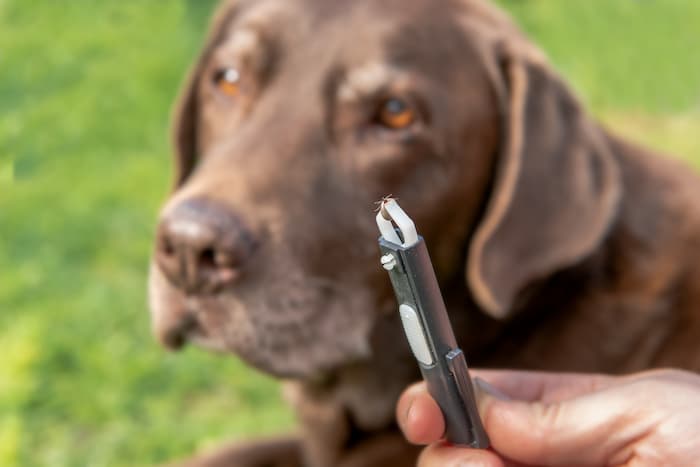What to Do if Your Dog Has a Tick

As a pet owner, one of the most important aspects of keeping your furry friend happy and healthy is ensuring they are free of pests like ticks. These tiny parasites can cause discomfort, spread diseases, and lead to serious health problems if not properly dealt with. But don’t worry! If you’ve discovered ticks on your dog, here’s a guide to help you take action quickly and effectively.
1. Stay Calm and Prepare
Finding a tick on your dog can be stressful, but staying calm is key. Panicking may cause your dog to become anxious too, which can make handling the situation more difficult. Take a moment to breathe, then gather the necessary tools:
- Tweezers or a tick removal tool
- Gloves
- Rubbing alcohol
- Cotton balls
- A small container (to store the tick)
- Treats to reward your dog afterward
2. Check Your Dog Thoroughly
Once you've found one tick, there may be more hiding in your dog's fur. Ticks often latch onto areas like the ears, neck, underarms, and between the toes. Run your hands over your dog’s body, parting their fur to inspect their skin, and check all the commonly targeted areas.
3. Safely Remove the Tick
Ticks should be removed as soon as possible, as the longer they’re attached, the greater the chance of transmitting diseases like Lyme disease or Rocky Mountain spotted fever.
To safely remove the tick:
- Put on gloves to avoid direct contact.
- Use tweezers or a tick removal tool, grasp the tick as close to the skin as possible. Avoid pinching the body of the tick.
- Gently but firmly pull the tick straight out in a steady motion without twisting.
- Once the tick is out, disinfect the bite area with rubbing alcohol and use a cotton ball to gently clean your dog’s skin.
4. Store the Tick for Identification
Ticks can carry diseases that may affect your dog’s health, so it's a good idea to store the tick in a small container with a lid for identification later if necessary. You can place the tick in rubbing alcohol to kill it and preserve it.
5. Monitor Your Dog for Symptoms
After the tick has been removed, watch for any signs of infection or illness in your dog. Common symptoms of tick-borne diseases include:
- Lethargy
- Fever
- Swollen joints
- Loss of appetite
- Lameness (difficulty walking)
If you notice any of these signs, contact your vet right away.
6. Prevent Future Tick Infestations
Preventing ticks is much easier than treating them. Here are a few ways to help protect your dog from ticks in the future:
- Tick prevention products: Use tick collars, topical treatments, or oral medications recommended by your vet.
- Regular grooming: Keeping your dog clean and well-groomed makes it easier to spot ticks early.
- Yard maintenance: Keep your yard mowed and free of leaf piles, as ticks love to hide in tall grass and debris.
Dealing with ticks can be unpleasant, but with the right steps, you can keep your dog safe and healthy. Regular grooming, tick checks, and prompt removal are essential to your pet's well-being. For a convenient grooming solution from professionals dedicated to your dog’s safety and comfort, reach out to Aussie Pet Mobile and see how easy grooming can be.